
WEEK 1 | September 6, 2019
Intro to Class
Our first day we’ll spend covering the different frameworks that we’ll use for the class, reviewing the syllabus, and going over the assignments for the course. We’ll head into the field and learn the basics of tree ID.
Location: CCV Winooski
Lecture: Day 1 Overview + Frameworks
Handouts:
- Syllabus
- Tree Features (.DOC)
- Tree ID (leaves .DOC)
- Tree ID (Buds .PDF)
Assignments:
- Tourist Test (due week 2, Kolan & Poleman reading pdf)
- Tree Species Profile/Presentation (due week 5/varies)
- Naturalist Essay (due week 6)
- Story of Vermont (due week 7)
- Field Final (in class on week 7)
Help identifying trees
- iNaturalist.org (see where your animal roams)
Other resources: As general references in natural history, the following are wonderful resources
- List of books by Naturalists (for essay prompt)
- Natural History Radio (BBC podcast)
- PBS Nature (weekly wildlife show)
- PBS Nova (weekly science show)
- Life on Terra (podcasts, short docs on lots of subjects)
- Neature (hilarious)
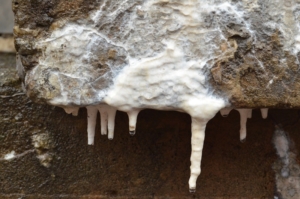
WEEK 2 | September 13, 2019
Bedrock Geology
“Civilization exists by geological consent, subject to change without notice.” – Will Durant. We’ll trace the geologic history of Vermont this week, looking at the early environment when our rocks were first formed and zipping through time past the powerful continental forces that forged the Green Mountains and right up to the edge of the age of the glaciers. We’ll walk from Salmon Hole up to I-89 looking at different types of bedrock collecting evidence to tell the geologic story of Vermont.
Location: Salmon Hole up to Lime Kiln
Lecture: Geology
Due today:
- Tourist Test (Kolan & Poleman reading: pdf)
Readings:
- Natural History of Vermont Mountains by Nancy Bazilchuk (PDF)
- *** Watch The History of the Earth ***
- Also good: The Evolution of Fish gives a great overview of some basics of geologic history and evolution. The youtube channel, Epic History, has a bunch of other great docs on evolution.
Presentations
- None
Online Resources
- Google Earth
- Bedrock Map Layer (.KML)
- VCGI (in particular the Interactive Map Viewer)
- ANR’s Geology Page
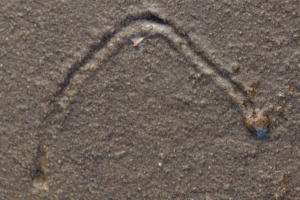
WEEK 3 | September 20, 2019
Glaciers + Surficial Geology
Glaciers have had a tremendous impact on both shaping the landscape but also creating the soils on which Vermont forests would grow. We’ll scour the ground looking for evidence of Vermont’s glacial history.
Location: Shelburne Bay + LaPlatte Nature Area (Meeting at CCV @ 8:30am)
Lecture: Soils and Glaciers
Readings + Handouts:
- Ch 9 in Written in Stone by Chet Raymo (PDF)
- Read ch 7 in Reading the Forested Landscape
- Read “The Laurentide Ice Sheet and its Significance” (PDF)
- Handout: Soils
- Watch one of the following
- Extreme Ice (NOVA)
- Chasing Ice (costs money to rent on YouTube, may be available in other places)
- The Big Freeze (BBC)
Presentations
- Red maple
- Common buckthorn
- Basswood
Online Resources
- Web Soil Survey
- VCGI (in particular the Interactive Map Viewer)
- ANR’s Geology Page (particularly the surficial geology map)

WEEK 4 | September 27, 2019
Unnatural Communities: Disturbance + Trees
While natural communities can be helpful in understanding Vermont’s landscape, much of Vermont’s history is fraught with disturbances. Fires, glaciers, plowing, grazing, we’ve seen it all! We’ll look specifically at a disturbed landscapes to see primary succession in action. If we’ve got enough time, we’ll head to Colchester Bog to see an entirely different ecosystem in action.
- Read Wetland Woodland Wildland pp. 58-85
Tree Species Presentations:
- Boxelder
- Staghorn sumac
- Quaking aspen
- Silver maple
Resources
- VCGI (Natural Communities mapping program)
- Slow Water Movement + ANR mapping of natural communities (link)
Help identifying trees
- iNaturalist.org (see where your tree grows)
- Sylvics of North America (help with ecology of your tree)
- Virginia Tech Tree ID (help with what your tree looks like)
- Tree ID with Donald Leopold (podcast)
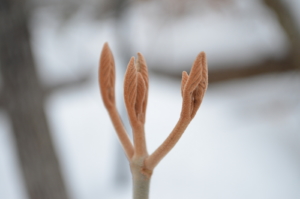
WEEK 5 | October 4, 2019
Reading the Landscape
Our focus today will be on pieces together clues from the landscape into telling stories. We’ll look at some of the legacies from the 19th century.
Location: East Woods
Due today:
Tree Species Presentations:
- Yellow birch
- Paper birch
- American beech
Help identifying trees
- iNaturalist.org (see where your tree grows)
- Sylvics of North America (help with ecology of your tree)
- Virginia Tech Tree ID (help with what your tree looks like)
- Tree ID with Donald Leopold (podcast)
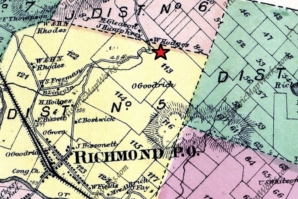
WEEK 6 | October 11, 2019
Reading the Farmed Landscape: Humans on the Land
We’ll spend our time this week and next looking at how human activities impacts the natural world. This week we’ll look at farming and the process of revegetation at Wheeler Natural Area.
Location: Wheeler Natural Area (map)
Due today:
Readings + Handouts:
- 1-24 in Time and Change in Vermont by Harold Meeks (PDF)
Presentations
- Sugar maple
- Black locust
- Eastern redcedar
- Red oak
- Eastern hemlock
Online Resources
- Ancestry.com
- Beers Atlas of 1869 (available online)
- Walling’s Maps from 1850s (download here)
Suggested Readings about Abenaki and early history
- Voice of the Dawn: An autohistory of the Abenaki Nation by Frederick Wiseman
- The Original Vermonters by Haviland & Power
- The Story of Vermont: A natural and cultural history by Klyza & Trombulak
- Changes in the Land by William Cronon
- New England Forests Through Time by David Foster
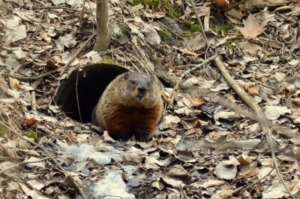
WEEK 7 | October 18, 2019
Field Final
We’ll put our skills to the test with a field final. You’ve got lots of practice interpreting landscapes. This will be an opportunity to test out your ability to go into a landscape and interpret its history. We’ll visit two locations with unique histories and see some other cool resources that help us tell the story of a landscape.
Location: My house (map)
Due today:
Readings:
- Read Ch 8 in Reading the Forested Landscape
Handouts:
